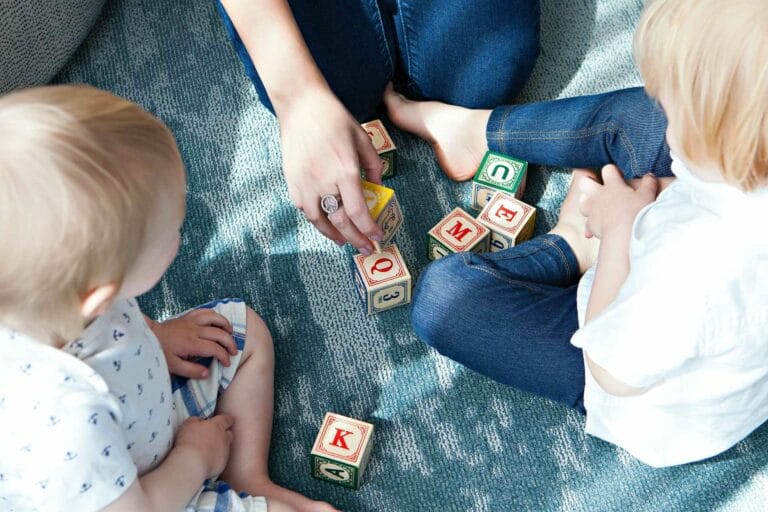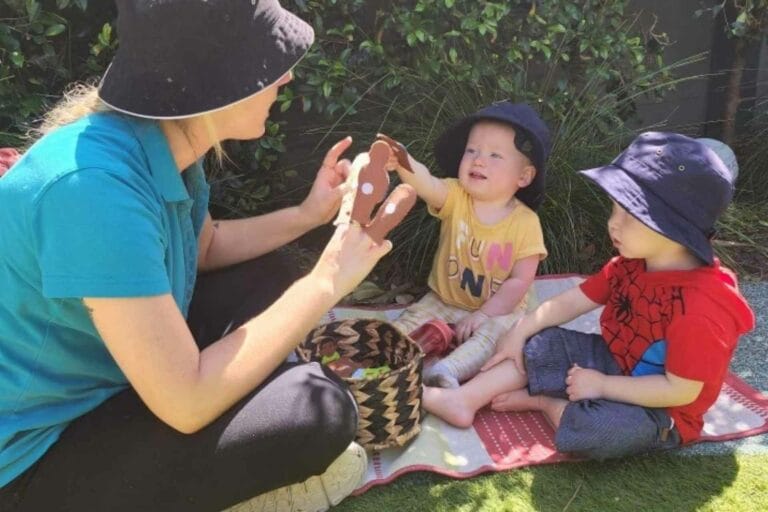5 tips to support a healthy mealtime environment
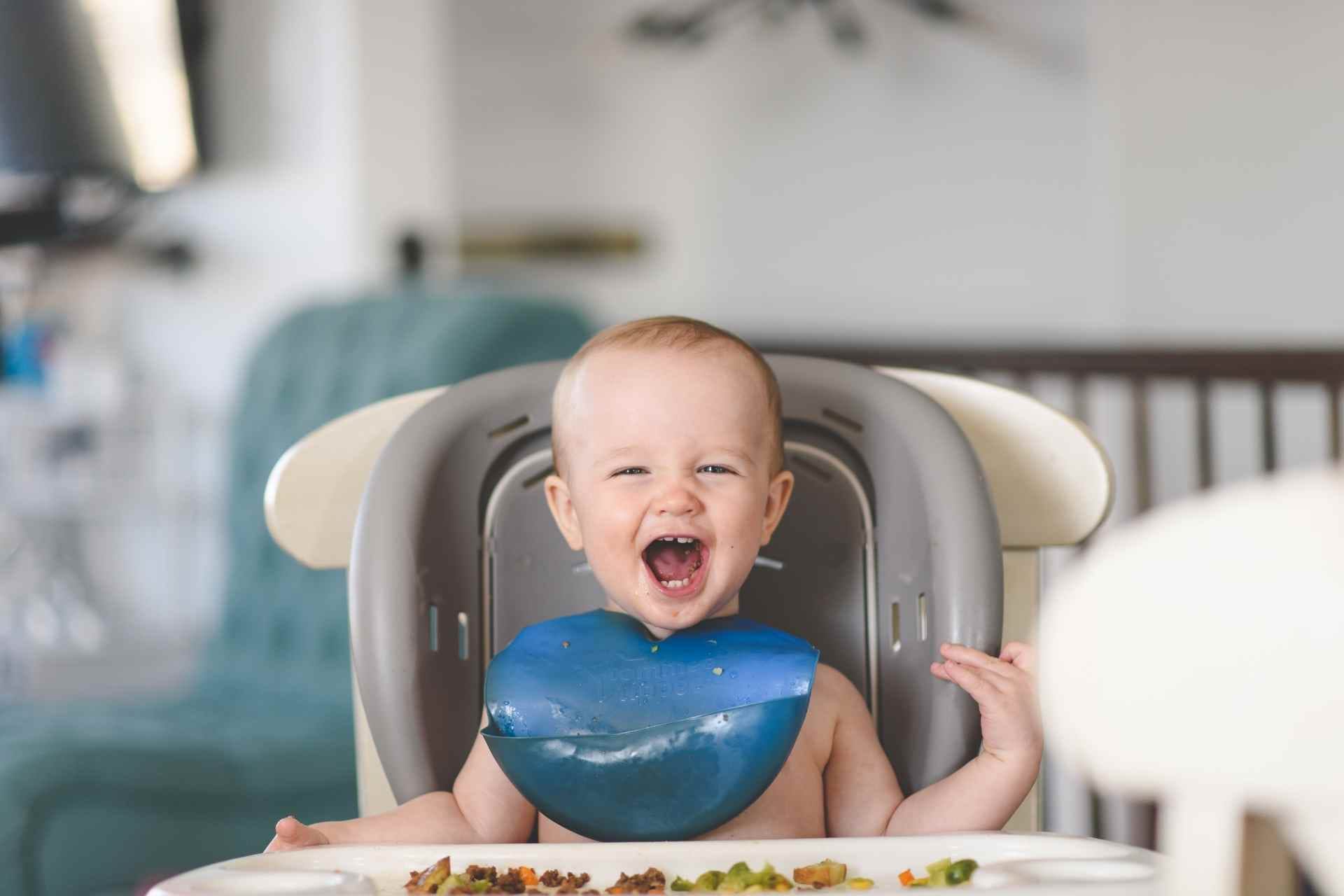
We all want to make sure our kids have a healthy mealtime with nourishing food. Imagine this, you’ve spent hours cooking a dinner for your little one. Maybe they’ve eaten it before and loved it, or maybe it’s something new. You prepare and serve…. only for it to end up sprayed across the floor with absolutely zero eaten.
It is so easy in this moment to feel frustrated and defeated. To do everything you can to encourage your little human to eat the meal. To ask why they liked it before and not now? Or why they won’t try something new? You worry if they don’t eat the meal, that they’re going to go hungry, or that it will impact their growth or their sleep.
If you’ve felt this way, or some variation of the above, then you are definitely not alone, but I would love to offer a different perspective.
Have you ever eaten the same food every day for a length of time… only to one day be over that food and not want to eat it again for a while?
Maybe your little human has too.
Have you ever ordered off a menu or been served a foreign meal that looks and smells different to what you’re used to… so you end up opting for something that you’ve eaten before?
Maybe your little human has too.
There are also natural cognitive changes that occur, resulting in some completely normal and expected food refusal (hello independence!).
Mealtimes can be extremely stressful. Or they can be fun, and a moment for connection and sensory exploration.
What do mealtimes feel like for you, and what do you want them to feel like?
Let’s look at five ways we can support healthy eating at mealtime environment and foster a healthy relationship with food.
When introducing a new food or meal, include a safe food too
What is a food your little human gravitates to? Is it brown? A carbohydrate? Bread? This is called a safe or accepted food, it’s something that is familiar. Quite often, it is also something that stays consistent (ie. safe!). For example, bread will likely always taste the same, but a blueberry may change depending on the season or how long they’ve been in the fridge. Maybe they’re sweet and crunchy today, and soft or sour another.
So, when you offer a something new, it’s helpful to also include a food on the plate that is ‘safe’.
Your little human may not try it straight away, maybe it takes days or weeks or even months of offering. But if you offer free of pressure and alongside a safe food, they may eventually touch it, smell it, and then even taste it. They may even surprise you!
The aim? Offering a safe and pressure-free environment to try new foods!
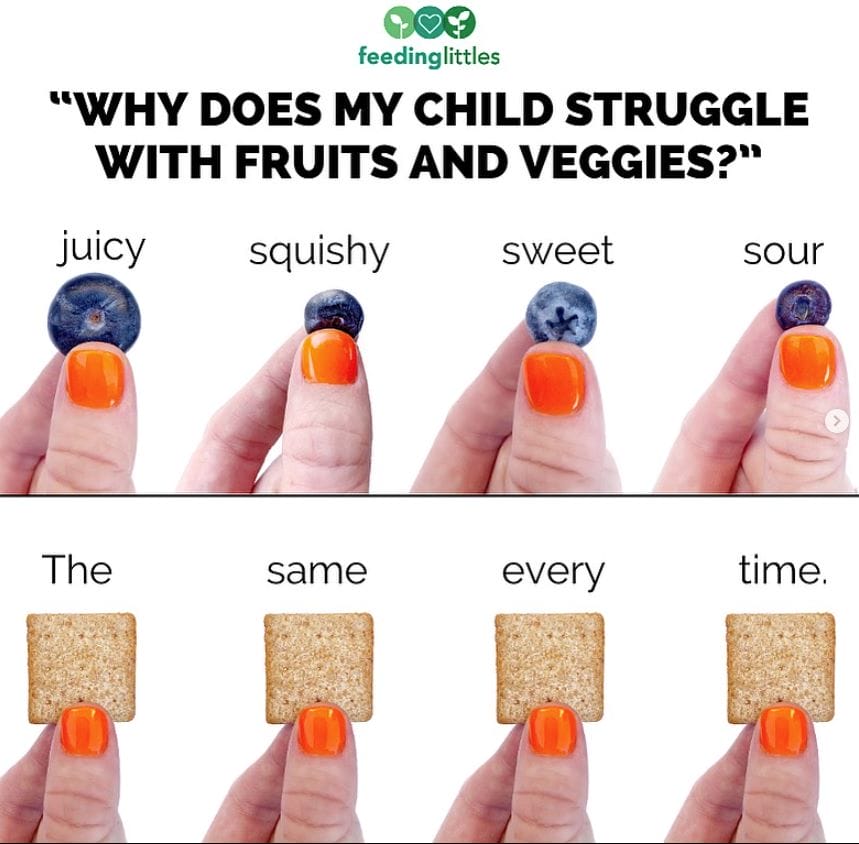
Food play – even touching the food is a win!
So you’ve had a new food on the plate for weeks and they still haven’t touched it? No worries! You could also introduce some food play because even touching the new food is a win.
Away from the mealtime, maybe you play with the fruit and vegetables you have in the house in their original form. Take an entire potato, broccoli head, onion and carrot and talk about them with your little one. What do they look like? What colour are they? What shape? How do they smell and what do they feel like?
Or, at mealtime, maybe you serve some foods in different sized containers, so they so they can take them out and put them back in. Even touching the food is a step in the right direction.
Or, maybe you buy a book that has pictures and names of different foods and start to talk about them away from mealtimes.
The aim? To have fun and explore! And mess can always be cleaned.
Give some autonomy by involving in food preparation, or by self-serving and self-feeding.
If old enough, your little human could help you in the kitchen with age-appropriate tasks. Maybe it’s simply handing you various food, wiping a bench, or something more advanced like cutting, peeling, or stirring with child safe utensils. This may encourage them to touch foods they haven’t yet eaten, builds confidence and creates a sense of pride that they have helped prepare the food they are served.
If sharing a family meal, you could also offer food in the middle of the table to serve together as a family. If younger, you could also allow your little human to feed themselves (Solid Starts is a fantastic website to help with age-appropriate food preparation, whether you choose to do it from the start as baby lead weaning, or after spoon feeding).
The aim? Encouraging Independence in a safe environment!
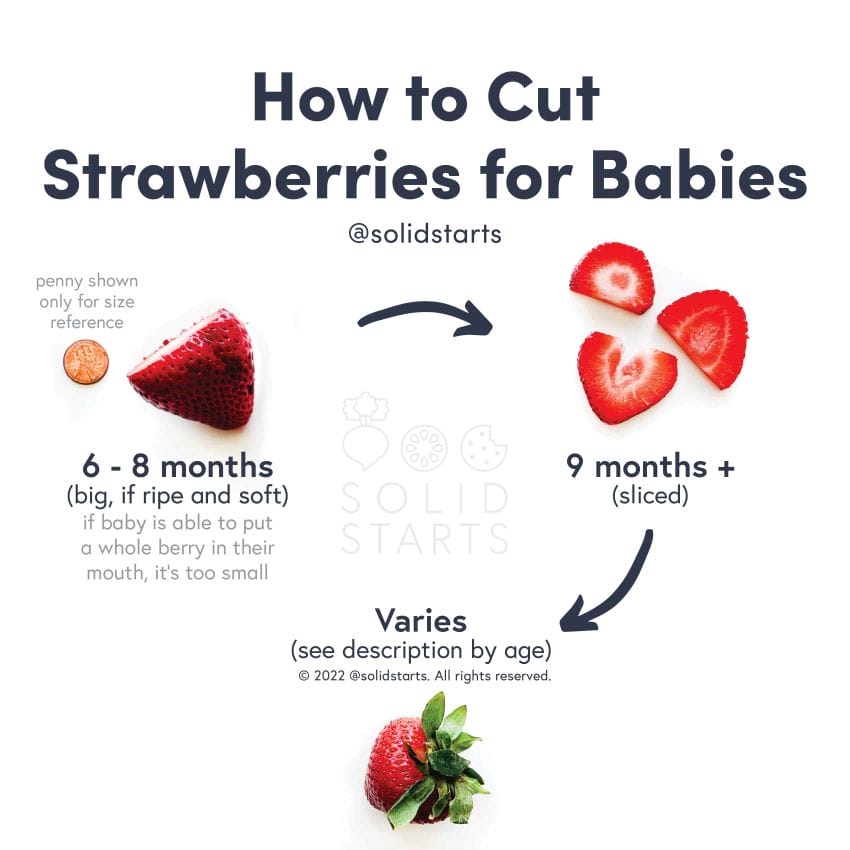
Trust their innate hunger and fullness cues
Trusting in hunger and fullness cues can be a hard concept to grasp, especially if as adults we’ve spent years ignoring our own. But hunger ebbs and flows, and some days and weeks they’ll eat more and sometimes they’ll eat less (just like you!). Hunger and appetite are impacted by SO many different factors, with growth spurts, sickness, and activity level just to name a few.
It’s important to trust if they want more and trust when they’re finished. How does your little human tell you?
Trusting their innate cues will help them to continue to listen to them as they get older. In the words of Ellyn Satter, you decide what, when and where, and they decide how much and whether.
The aim? Allow your little human to listen to their inbuilt hunger and fullness cues!
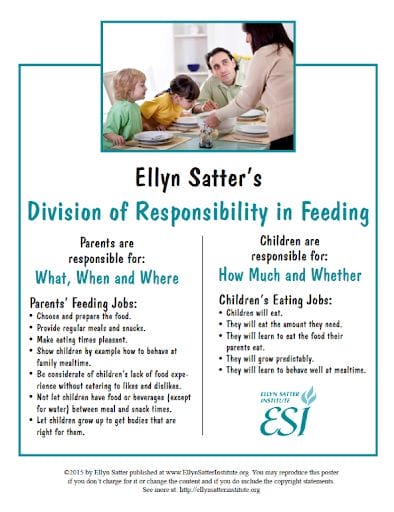
To the Mums, Dads, and caregivers
The final point is for you, mums, dads, and caregivers… take the pressure off! You are doing GREAT. Main meals don’t always have to be a cooked meal that takes hours to prepare. A snack plate or a throw-together of whatever you’ve got in the house is totally fine. Eating all the food groups and food variety and diversity is important … but it’s not what happens at one mealtime that counts, it’s what happens over time.
You are doing enough.
A few final things
The language we use around food is also important – read more about this HERE and HERE.
Do you feel like you may need more personalised support with picky eating? I would highly recommend the paediatric dietitians from GLOW & GROW.
Or maybe you’d like to learn more about fostering a healthy relationship with food? I would highly recommend Dr Kyla and Feeding Littles on Instagram, and Solid Starts for age-appropriate food preparation. Enjoy eating!
We hope these tips, help you to foster a healthy relationship with food and your children. If you’d like to explore our amazing purpose-built early education centres and see what meals we serve at our Service, you can book a tour or send us a message.

Written By
Written by Melissa Eaton, CEEC Parent – PhD Candidate, Dietitian & Nutritionist (APD, RNutr.)

